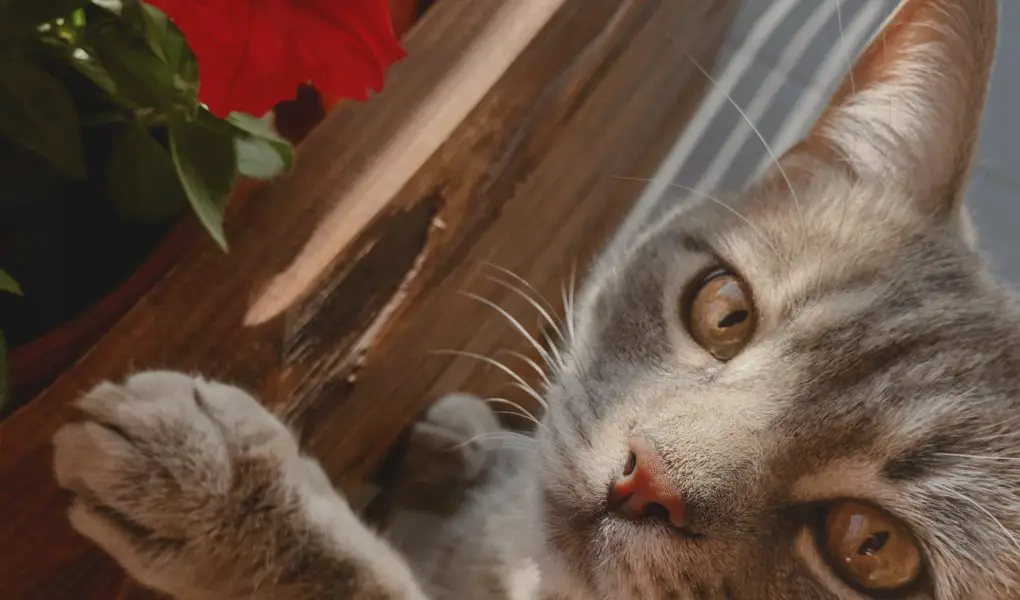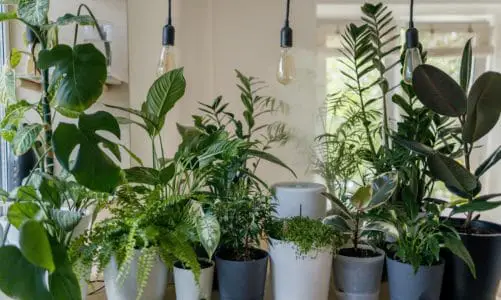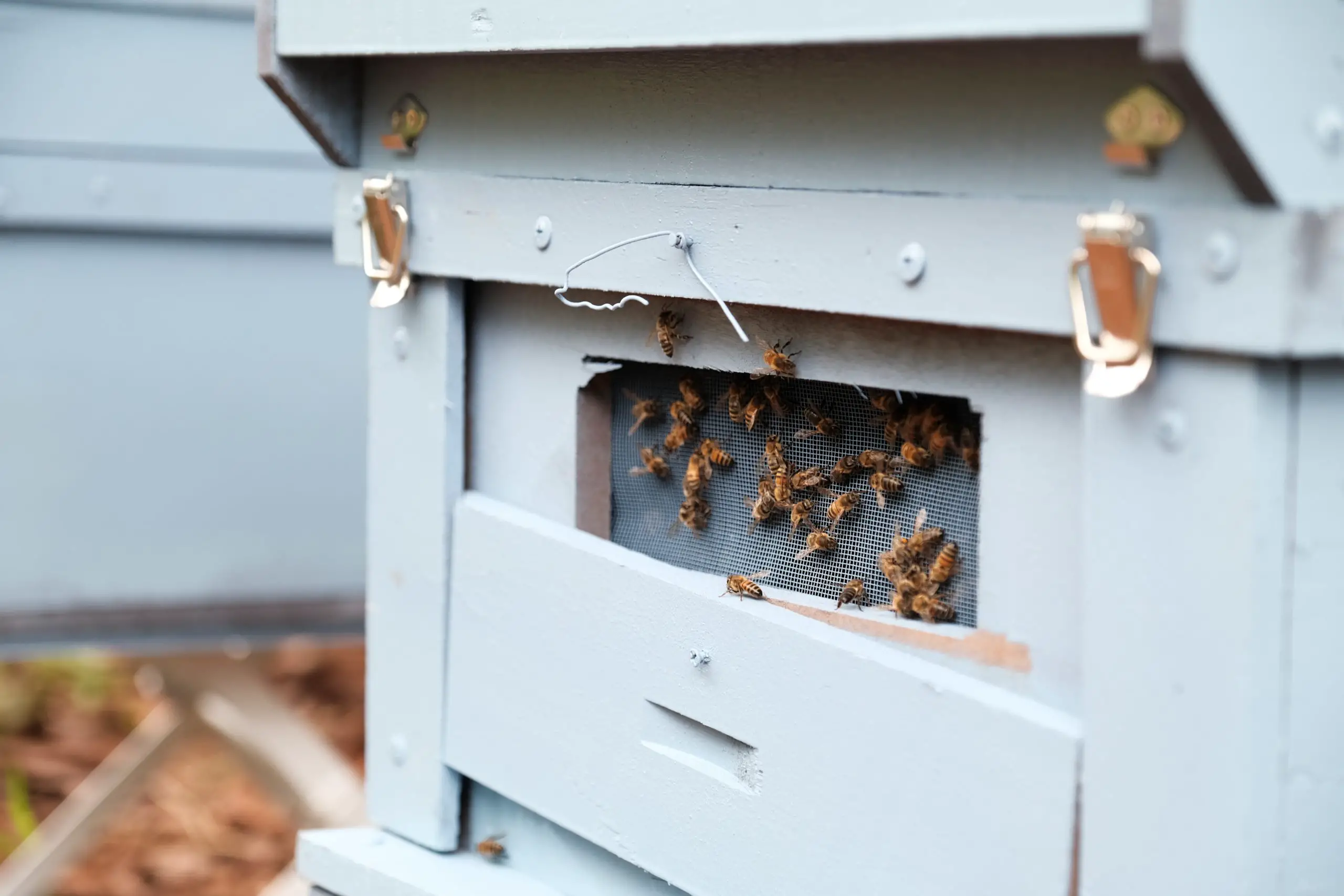We love our furballs don’t we, despite the days we have to endure the demands, the cold stares, and the unwanted ‘gifts of love’ brought in from outside. Our devotion to this eccentric creature lies beyond the comprehension of many. I suspect that love is one-sided, but I may be wrong. I hope for the best. In the meantime, I’m entangled in a war of wills. Initially, I suspected myself of being at the losing end. The battleground was on home turf and involved my beloved houseplants. I always wanted a special green tropical space, those seen on many social media pages. I was rather new to this indoor houseplant thing. And so was my cat. At first, I wondered if she chewed on them because she wanted to kill them but then realized that she actually liked them. Of course, neither of these two reasons suited me or the houseplants. So my journey began and I was curious to learn what houseplants cats do not like.
After having made some experimental adjustments around the house, I believe the war was won. At least, for the time being. Remember the journey is one of trial and error and keep in mind that every feline creature is unique. While some have a penchant for a specific houseplant, others are repulsed by it. This article covers the most popular houseplants cats do not like and suggests simple tricks to try.
Why do cats eat plants
Yes, we know cats are carnivores, but why do they eat plants. The first reason may be that your cat is attempting to induce vomiting in order to rid itself of furballs or believe gastrointestinal problems. Many believe that munching on greens, supply cats with certain micronutrients that they need. Some anemic cats may resort to eating plants or grass for the extra iron. When you introduce houseplants cats do not like, it is important to provide them with grass that they CAN eat such as Oat, Barley, or Alfalfa grass.
Novel ways to make a plan
These easy and simple tricks are worth trying. Some may not be foolproof but limit the extent of destruction at least. Take care not to introduce new additions to your indoor garden that are toxic to cats. You can read more about which houseplants are bad for cats here. Three other ways to outsmart your kitty include :
- Cats that dibble or chew on plants may also be a little boring. Create entertainment areas that provide stimulation for her. Climbing walls or steps, indoor scratching posts or a variety of toys may help ease boredom.
- Sticking plastic forks in the soil around the houseplant with the teeth pointing upward.
- Make the topsoil of your houseplant as unappealing as possible, by sprinkling a generous amount of broken eggshells on top. You can also try laying some thorny cut rose stems along with the topsoil.
- Some people sprinkle cayenne pepper and coffee grounds around the soil of the plant. These methods used as deterrents are often suggested online and even reported as safe, but many reports of cats falling ill from it, prove otherwise. In good conscience, I cannot suggest it.
- Try behavioral modification. Every time you see Mr. Cat going for your plants, clap your hands loudly. Experiment with a gesture or noise that is unpleasant. With a little patience and consistency, it may pay off.
Spray your houseplant’s leaves
If you have houseplants your cat does not eat, count yourself fortunate. You must have chosen either your plants or your cat well.
If you are not so fortunate, you may want to try the following trick. Lightly spray your cat’s favorite houseplants with a non-toxic pet spray, specifically formulated to safeguard plants from pets. Run this product by your vet for a thumbs up before using it, just to be on the safe side. Alternatively, make your own do-it-yourself solution at home. Mix one vinegar with one part water and spray on the leaves directly. Drop a few lemon peels in the mixture for extra strength pungency and let it stand till the next spray houseplants cats do not eat
Place your houseplants strategically
Moving your houseplants so that they are out of Mr. Furball’s reach is a good strategy. This covert operation requires careful planning. Try placing some plants high enough so that the ‘jumpers’ can’t get to them. Alternatively hang your poisonous English Ivy, Azaleas, or Pothos in-ceiling planters. If all else fails, consider replacing your greenery with houseplants your cat does not like. You can make a cat-less friend very happy that way.
Introduce cat-repeller smells
Cats don’t like the smell of citrus. That’s great because we humans do. Introduce some lemon or orange peel to the soil of your houseplants. The ‘strong smell and bad taste may help discourage chewing and using the soil as cat litter. Using Citrus essential oils in diffusers is a no-no though as these oils are toxic to cats.
Introduce houseplants cats do not like
Rosemary (Salvia Rosmarinus)
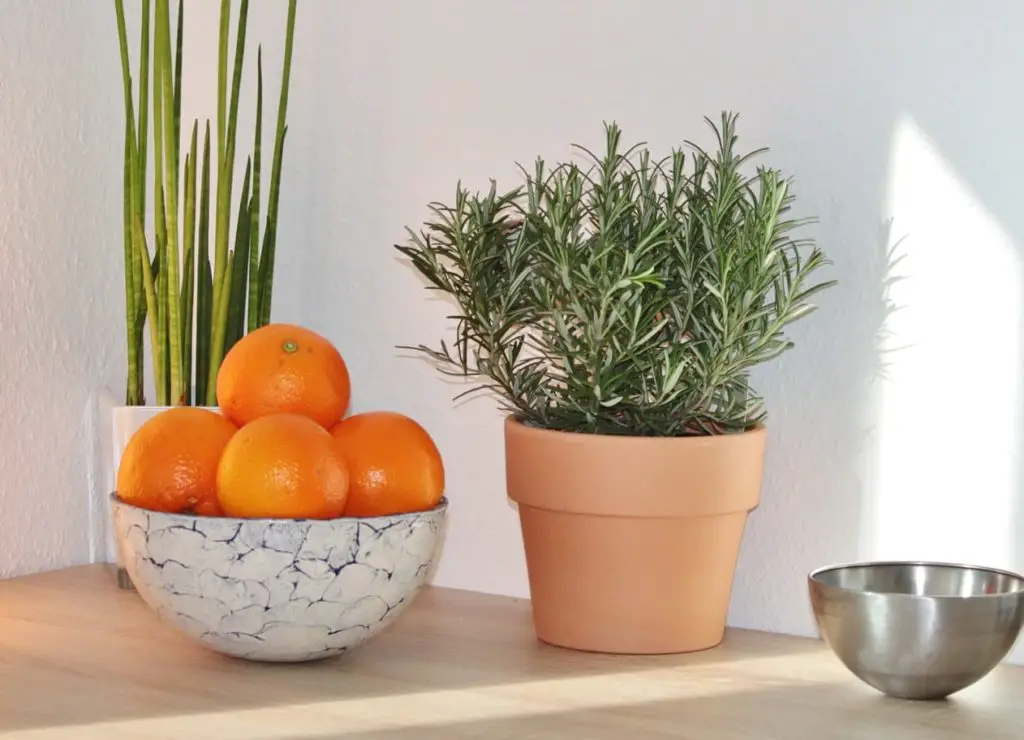
A member of the mint family, this perennial herb with its strong but fragrant smell is non-toxic for cats. What is great is that they don’t like the smell. Its leaves also resemble needles, which may deter cats. Rosemary is excluded from the list of toxic houseplants by the ASPCA.
Sage (Salvia officinalis)
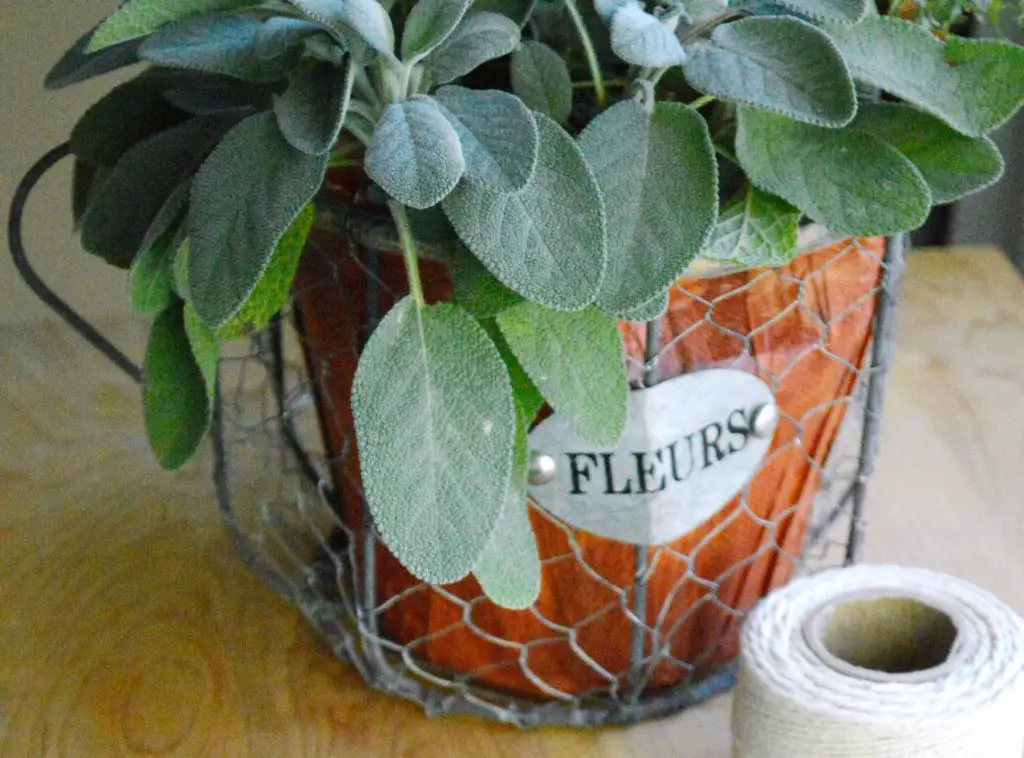
Part of the mint family, the herb, Sage is often used for medicinal purposes or in various cuisines. This plant is also on the SPCA’s safe list of non-toxic plants for cats. Along with Rosemary, Its strong aroma might prove too much for sensitive cat noses.
Scaredy-cat plant (Coleus canina)
Another member of the mint family, the Scaredy cat plant has a distinctive skunky smell that may be rather unattractive to cats. Some say it only works on some cats, while others say its cat repellent abilities are just a legend. It is often spoken of like a cat repellent and may be worth a mention.
Lemon balm (Melissa officinalis)
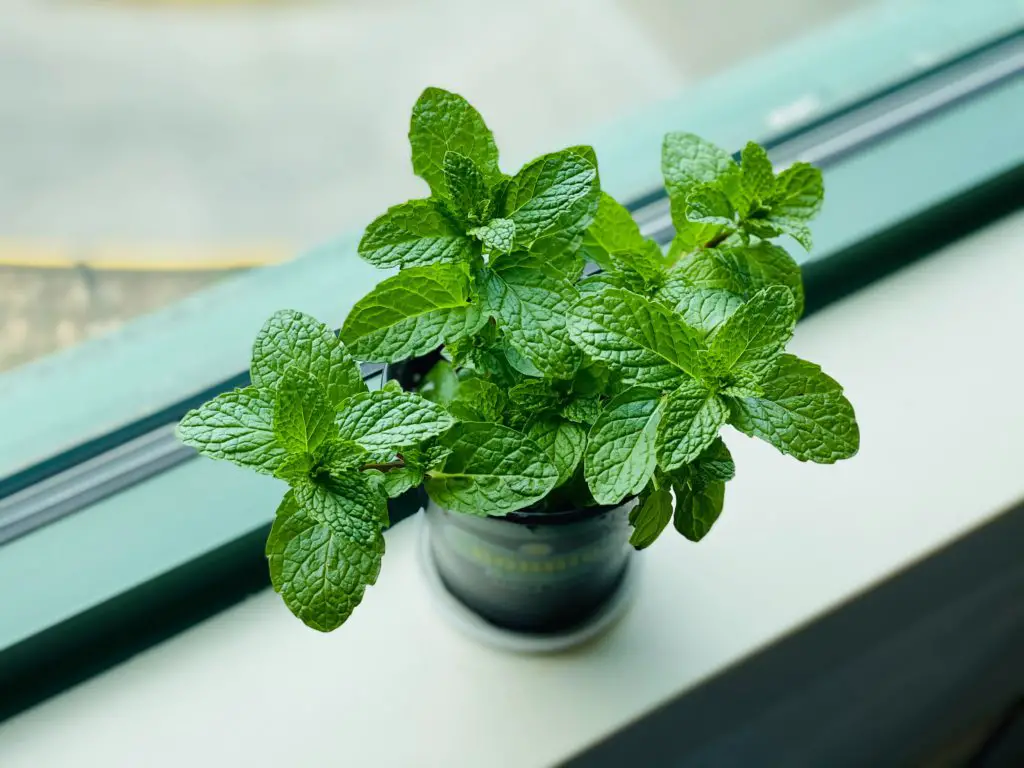
Lemon balm is a great medicinal herb, used for stress relief, calming the nerves, and improve sleep. This perennial herb is also part of the mint family. It is on the ASPCA’s safe list for cats. It repels cats, but if planted in the garden it attracts bees, which is not a bad trade-off at all.
Curry plant (Helichrysum italicum)

This flowering plant is part of the daisy family. It is called the curry plant because of the strong smell of its leaves. You might know it by its names such as Italian strawflower and immortelle. Cats do not like the smell of this plant. Clusters of yellow flowers can be used for flower arrangements. Place them anywhere to help deter felines.
Prickly Pear Cactus (Opuntia)
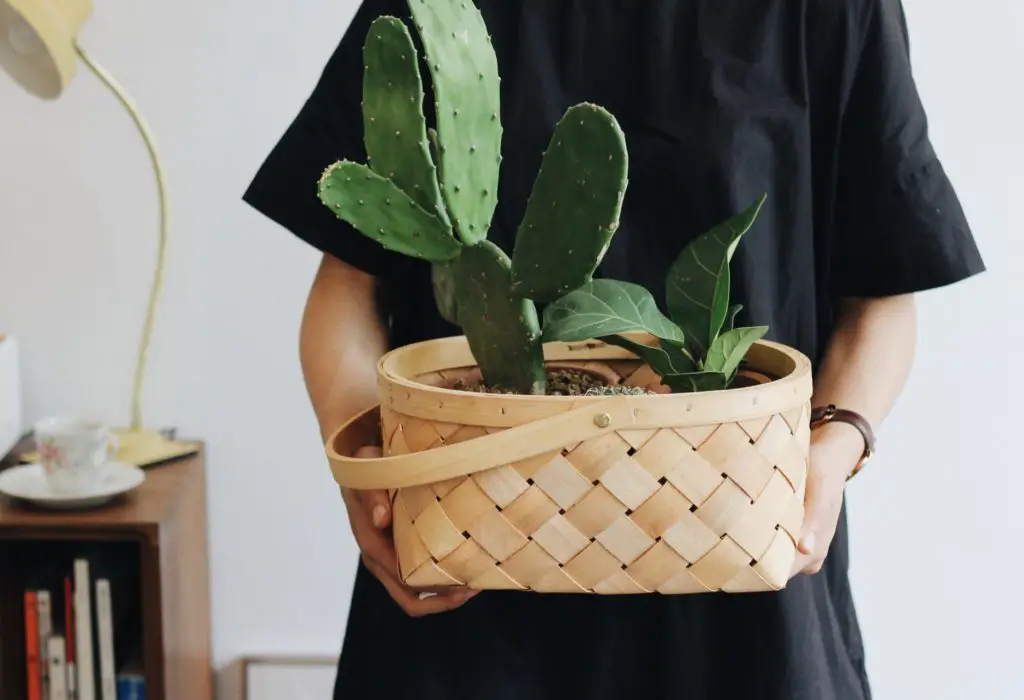
A common and popular succulent that is safe for cats. They grow quite quickly and are very large in the wild. If kept in a container, even indoors, their growth can be controlled. They are very popular in Mexico because of their edible fruits. sharp little needles on the plant should prove to be effective and deterrent.
Rue (Ruta graveolens)
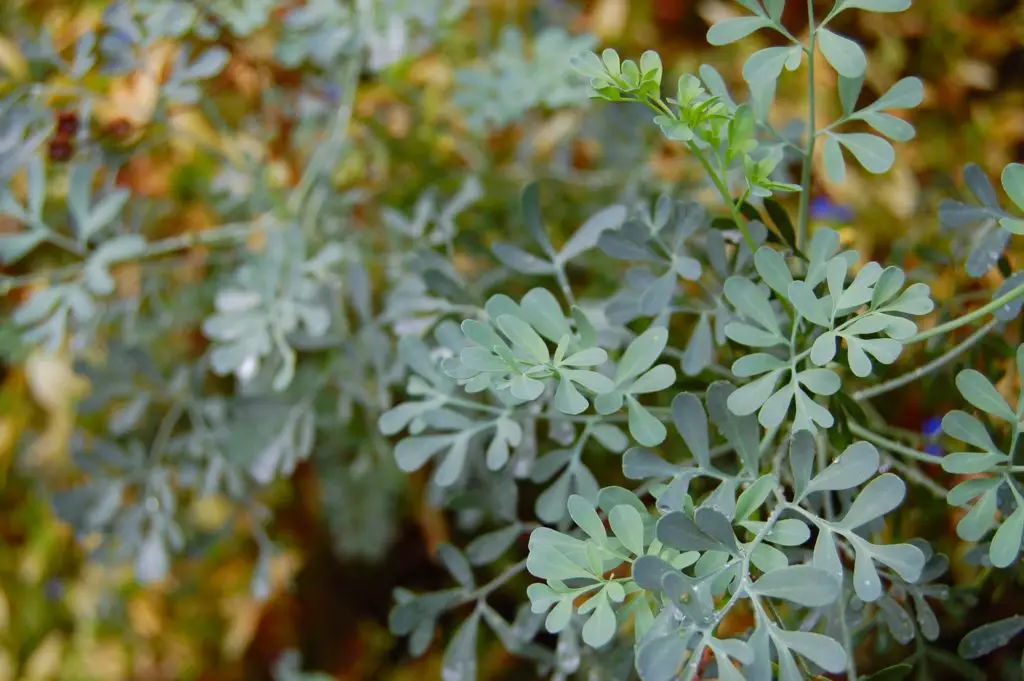
A strong-smelling herb also called herb-of-grace is a great insect repellent. Its smell can be totally repugnant to cats. Harvest some of the plants and hang them upside down to dry. Use the dry brittle leaves n sachets which can be placed strategically to keep cats away. Use gloves since Rue can cause skin irritation. If you have kids it is best to keep Rue away from the home as it can be poisonous to them. Do further research on Rue before introducing it into your home.
Lavender, Pennyroyal, Geranium, and Lemongrass are often suggested online as good cat deterrents because of their strong odor, but beware that all three plants are on the ASPCA’s list of toxic plants for cats.
Last thoughts on houseplants cats do not like
Most houseplants cats will not eat are usually also poisonous. Finding the right plant will require some experimentation. Before introducing a new plant into your house, do some research first. Check the ASPCA’s list of toxic and non-toxic plants for cats.
If your cat is incessantly chewing or nibbling on plants, take him to the vet to be checked out. There might be some underlying health issues that you are unaware of. Remember to always provide kitties with healthy grass for essential micronutrients. Barley, Oat, and Alfalfa are good choices. The solution to the plant-eating ‘problem’ cat, may simply be to grow her the healthy grass she needs. In addition to this, provide her with enough love and attention and your problem might be solved. Just maybe.
This article was not written by a veterinarian and should not be viewed as advice or diagnostic information.
Enjoyed this article? Read similar ones here:
40 Popular houseplants that are poisonous to babies.
These houseplants do not attract bugs.
10 Most oxygenating houseplants are natural air filters too.
Which houseplants need misting?
Watch out! These houseplants are toxic to rabbits.
Disclaimer and Cautionary note: Sunny Life Mag is a digital magazine for entertainment. The articles published are not intended to diagnose or treat any animal. The contents of this website are for informational and entertainment purposes only and do not constitute medical advice; the content is not intended to be a substitute for professional medical advice, diagnosis, or treatment. Always seek the advice of your veterinarian.
Image credits:
Victoria Naumenko via Unsplash Bouquet Garni
Bouquet Garni via Pixabay
Eleanor Chen via Unsplash
Lizzie via Unsplash
